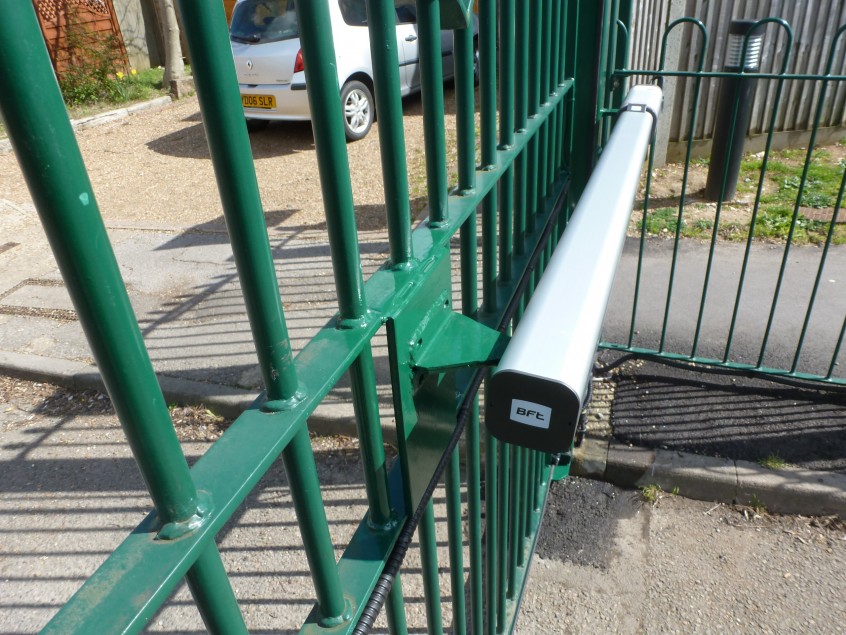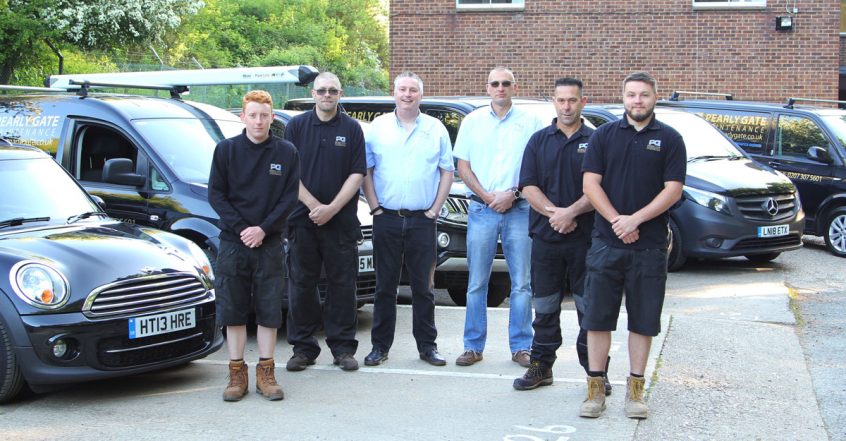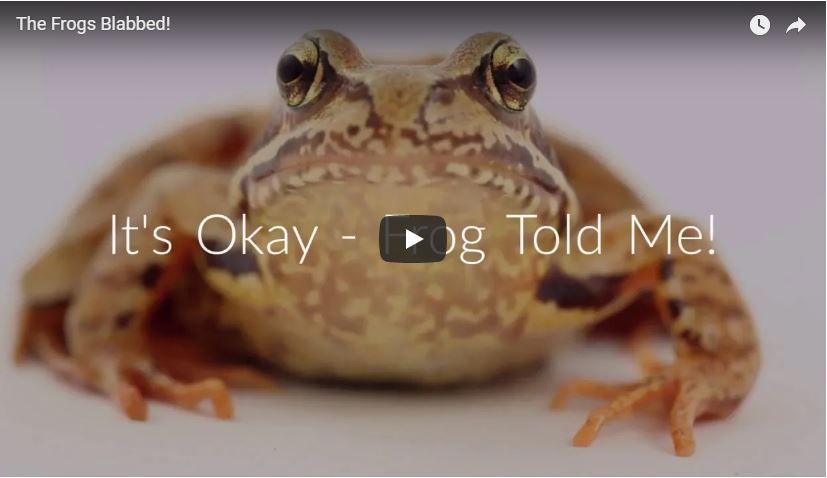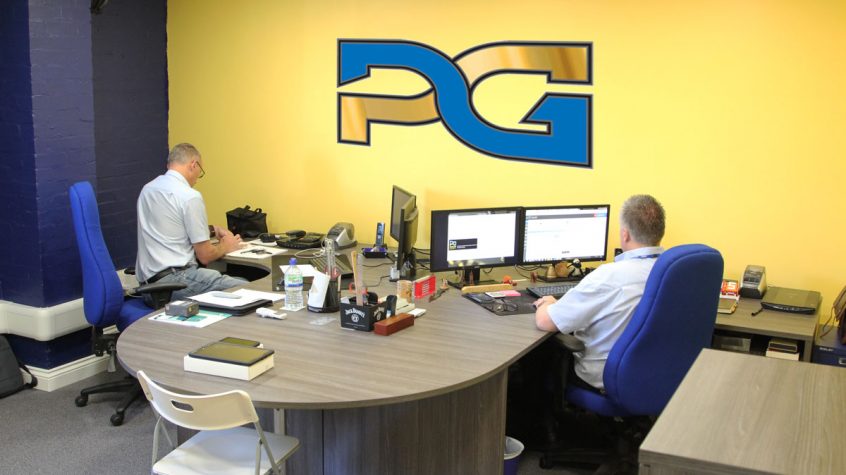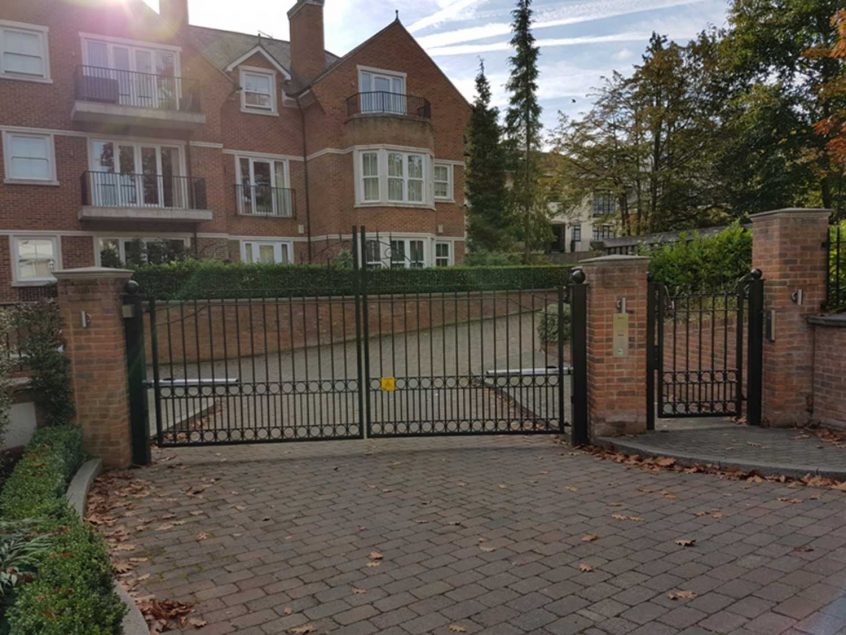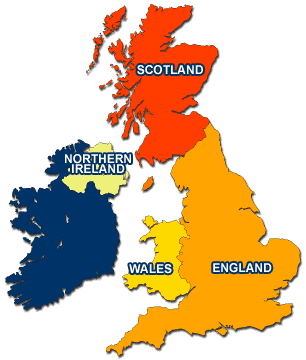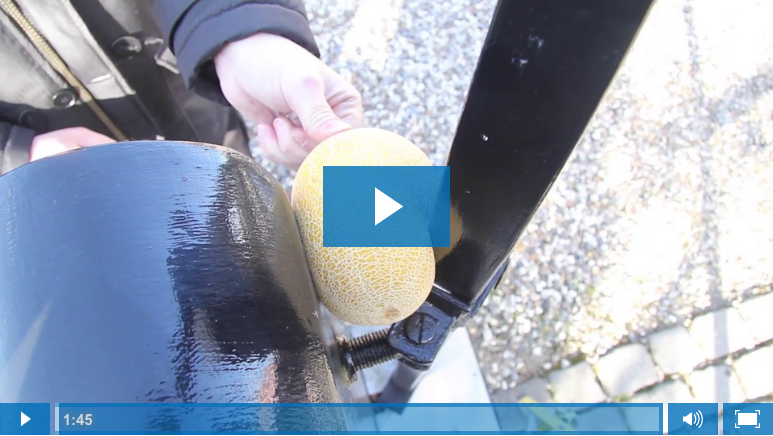Gate Commissioning ~ HSE Inspector Julian Franklin used the phrase “wholly avoidable” to describe the death of a six-year-old boy. It was a tragedy that could have been prevented if the gate had undergone a thorough commissioning process. The company responsible for the gate was convicted under Health and Safety legislation. Gaps in the commissioning process led to the gate … Read More
Gate Safety
Gate Safety Who’s Responsible? These types of blogs can be a dificult read, all about legislation and guidance, and harder still for the casual observer who may only have one gate. Nevertheless, it is undeniably important to understand the details if you have powered gates. Understanding the Responsibilities Really Does Save Lives! As a business, we need to live and … Read More
Office Relocation 2018 & 2019
Office Relocation – One Year Later! Office Relocation – Tempest fugit, meaning “time flies”. We have almost completed a full year at our new offices and I can hardly believe it. I was once told that we overestimate what we can do in a day and underestimate what can be achieved in a year, I now really understand the importance … Read More
A Failed Force Test
What is a Failed Force Test? All electric gate forces should be measured, and must not exceed the four values set down in Annex A of BS EN 12453:2001. If any of the readings measured are above the standard, then the gate has failed its force test. Why is Measuring Important? The HSE recommend that all forces should be periodically … Read More
The Frogs Blabbed
Electric Gate Risk Assessment So far, this year we have dealt with Frogs & Toads, Slugs and a myriad of other animals wishing to make a comfy home out of a gate Control Boxes and the Foundation Boxes. Just as a reminder we posted earlier this year 1. The Slug Cook Out – https://goo.gl/AKQ3BQ 2. The Frog & Toad Mix-up … Read More
Flavours of Gate Companies UK
Our Head Office Location We are often asked as part of an initial inquiry, “where are you based?” Interestingly, Google Searches focus on local business and services, it assumes and, in its way, educates that everything you need is close by. Whilst we would like all our jobs to be close to our location, we realised a long time ago … Read More
Automated Gates & Relocation!
A relocation exercise is underway! Pearly Gate Maintenance Ltd has invested in new premises to make life easier and even more agreeable for their clients. Pearly Gate Maintenance now in its 2nd year has grown in popularity beyond expectations. The founder Directors Paul Edwards & Ritchie Bignell set out a vision focused on planned and reactive service levels to automated … Read More
Gate Companies
Why Are Gate Companies Often Not Local? Should this be a concern? We are frequently asked by prospective new customers where our office is and when we tell them, they will often reply ‘that’s a long way away’ from us. It started us thinking as to why this might be an issue and possibly a barrier to securing their business. … Read More
Gate Safety
Tragic Story – Gate Safety! The following gate safety demonstration has been performed under the supervision of our trained engineers. We strongly suggest you do not try this on your own electric gate system. On 13 April 2006, a nine year old boy called Jason Keet was sadly killed by an automated gate, when he was trapped in the gap … Read More


